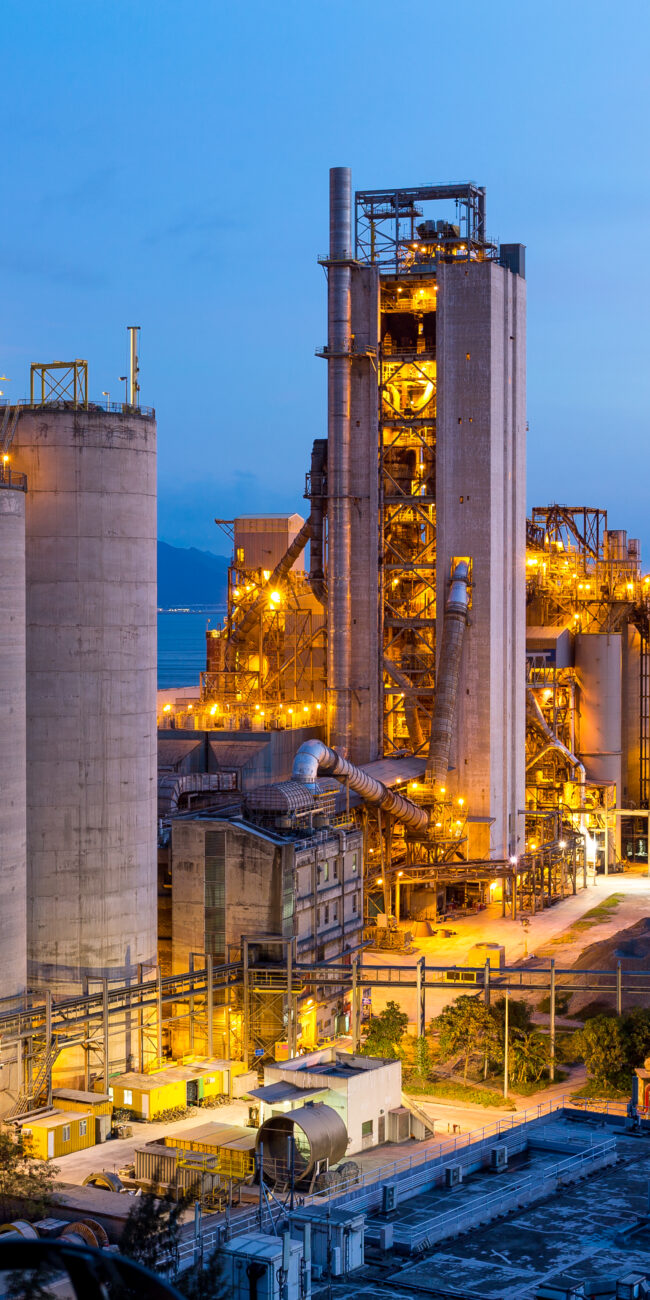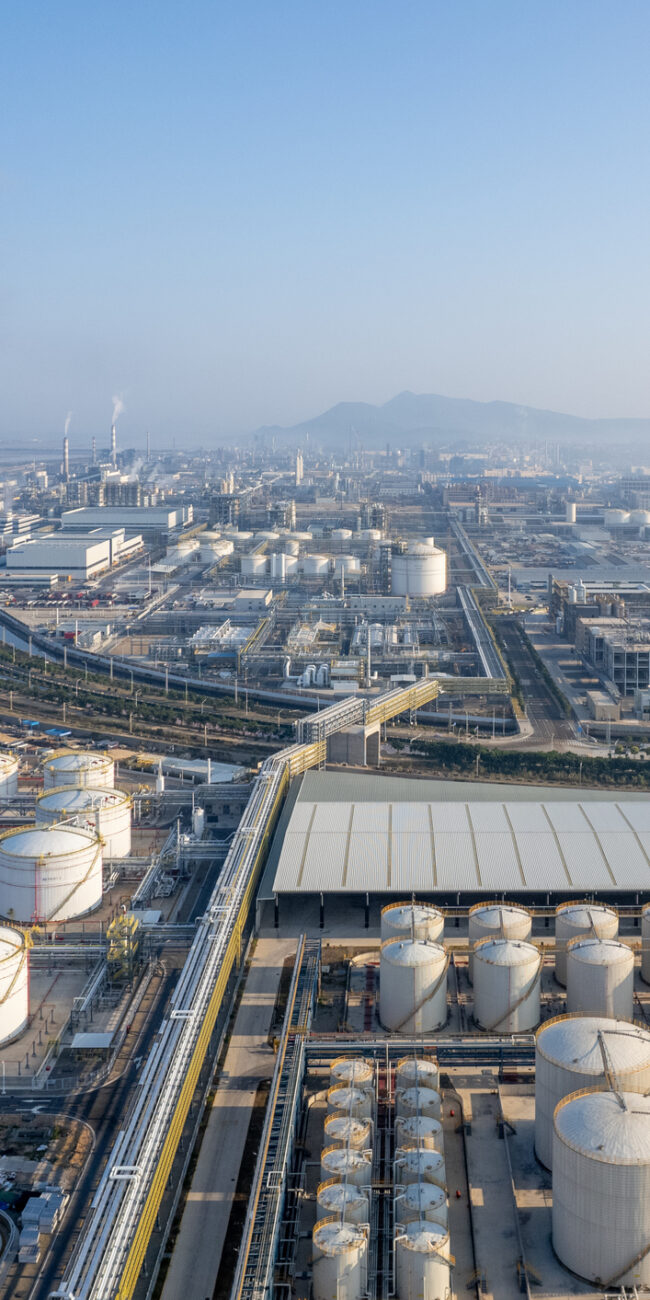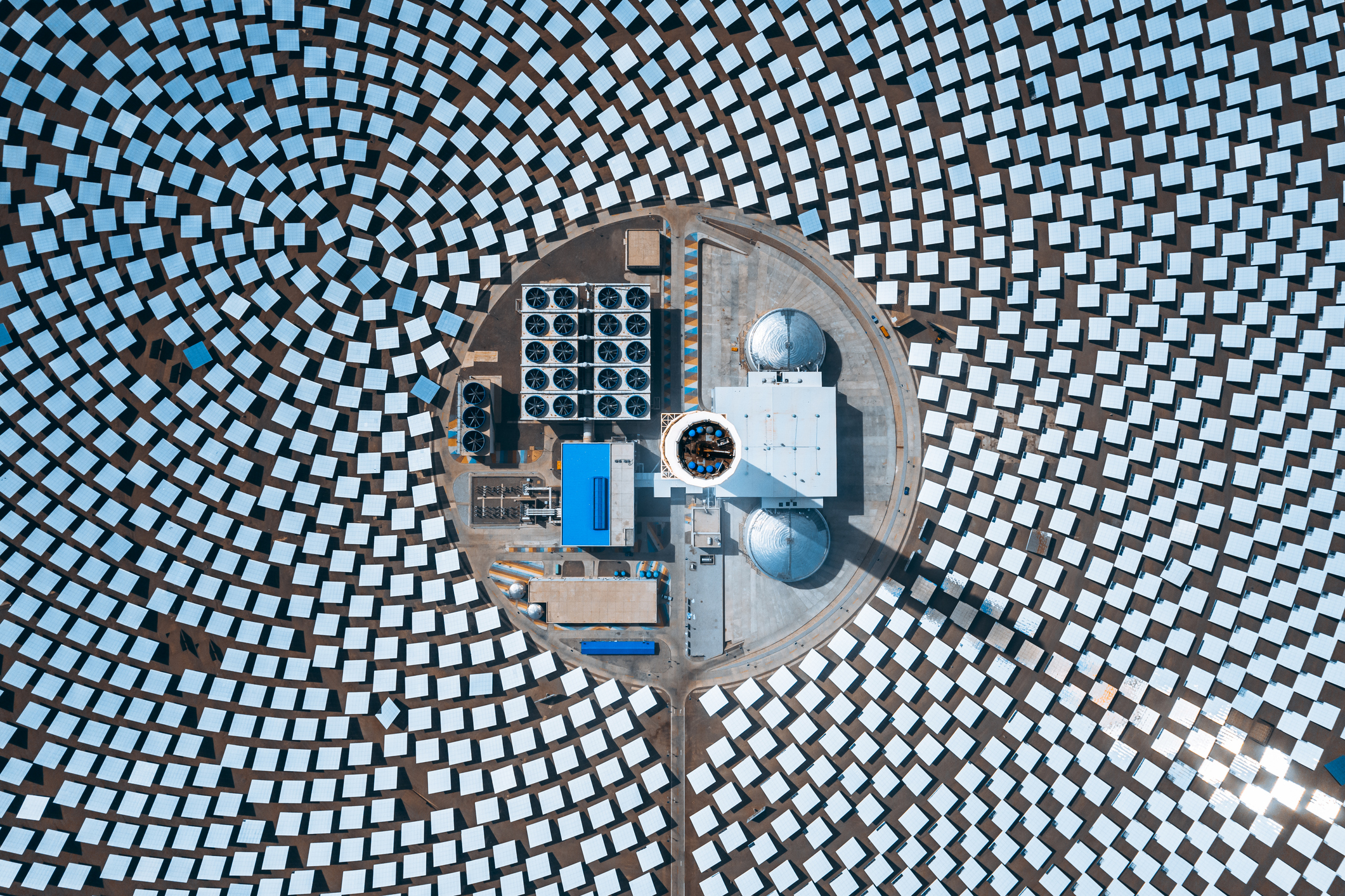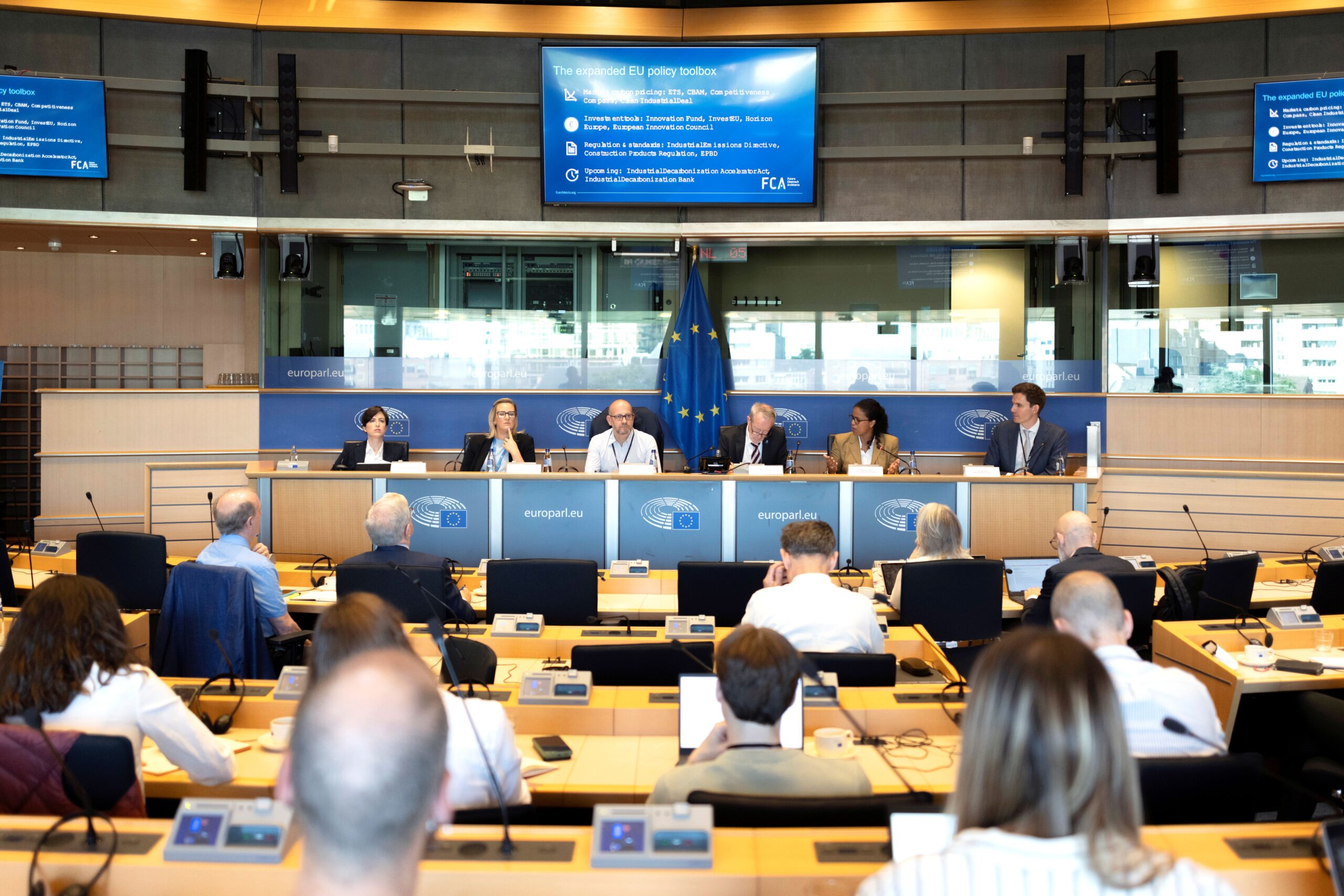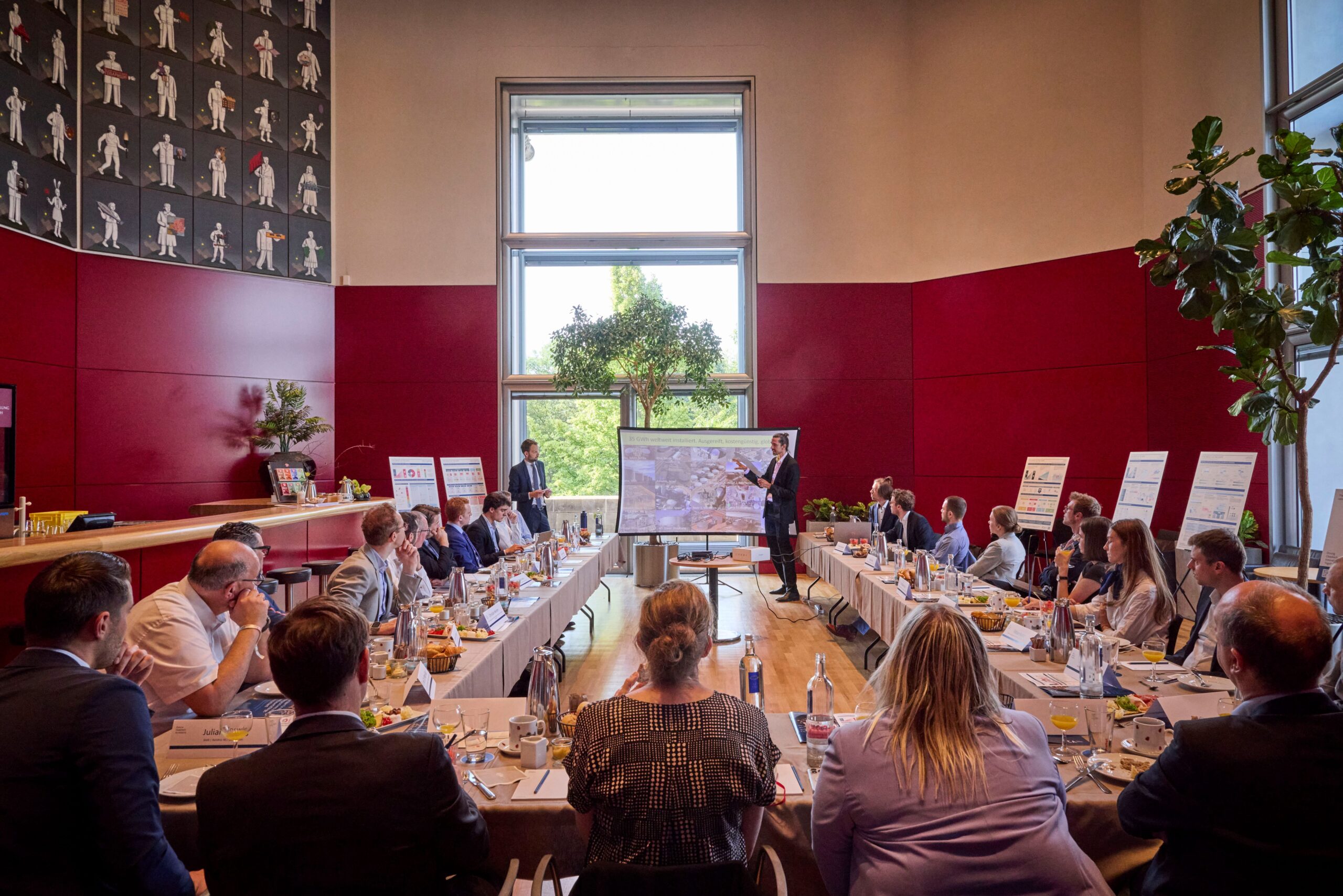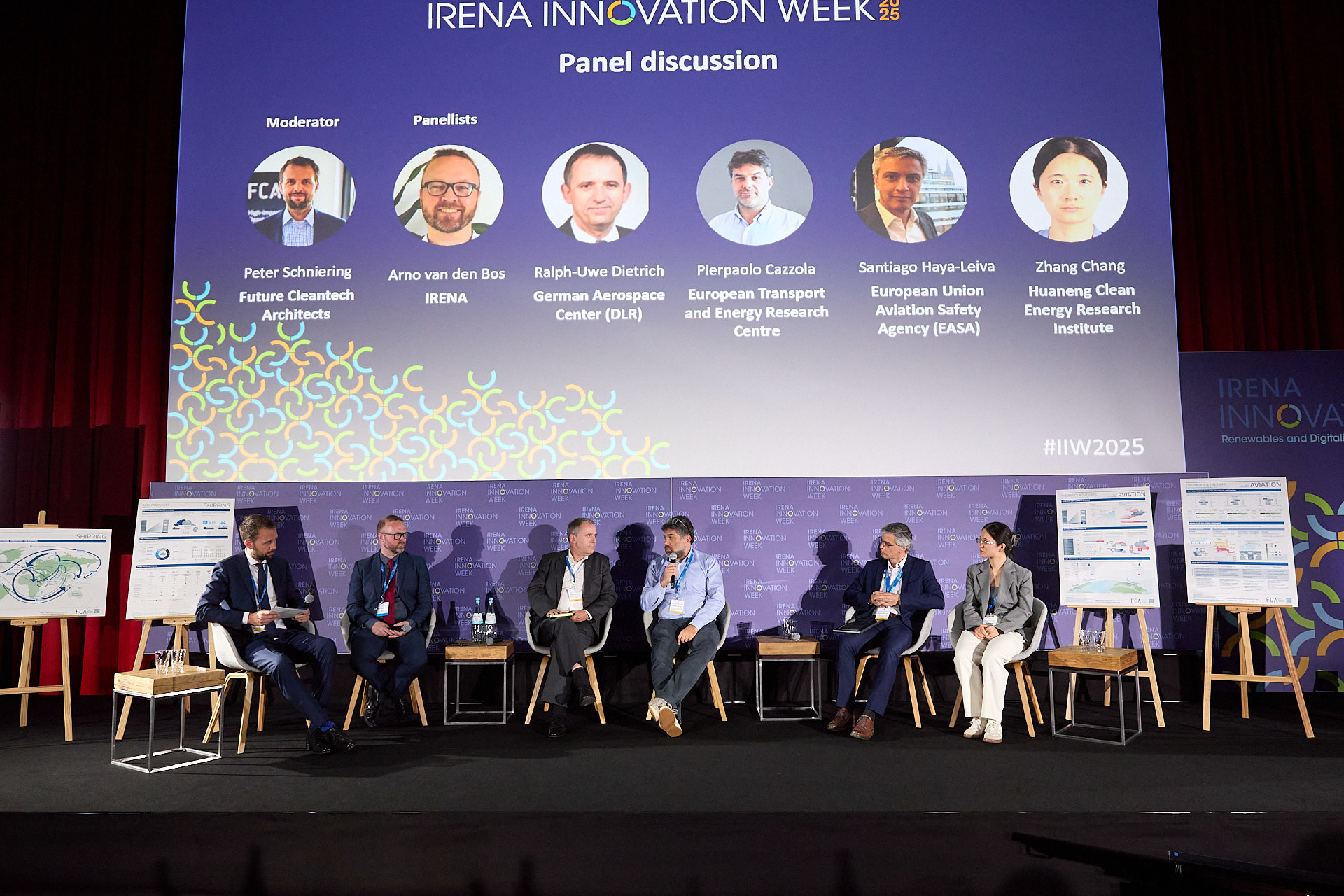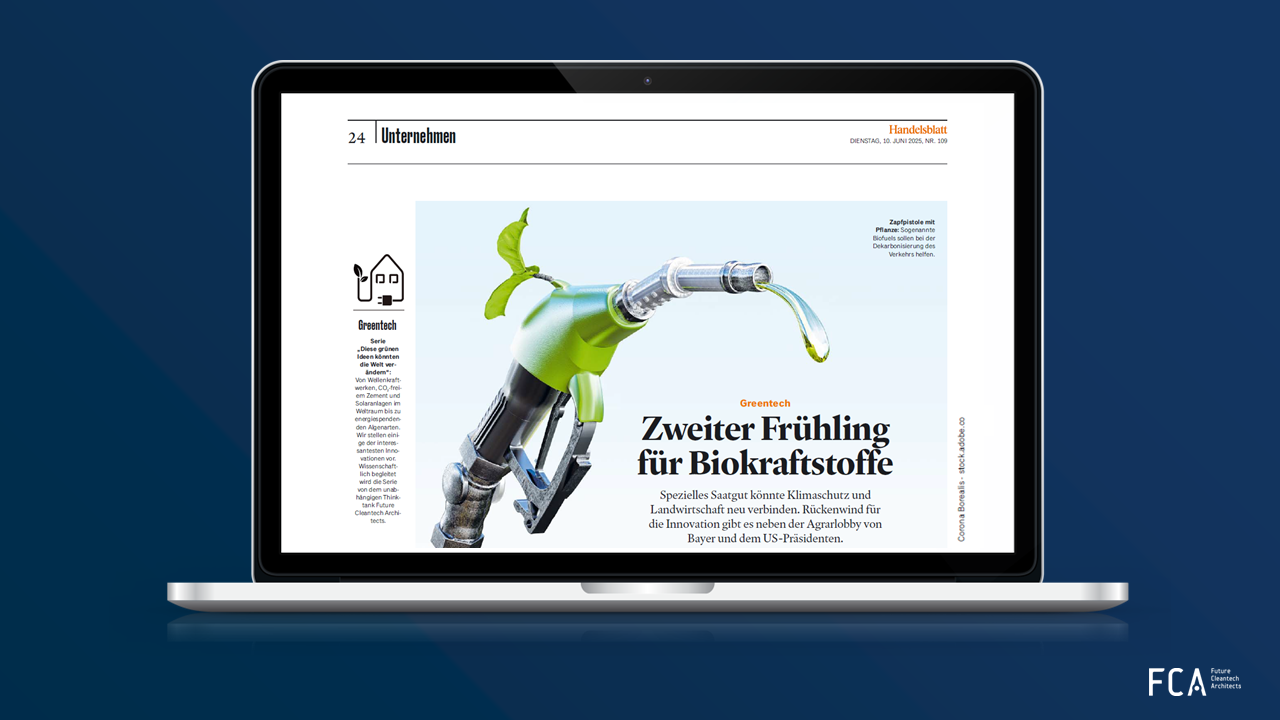We are a climate innovation think tank.
We exist to close the remaining innovation gaps to reach net-zero emissions by 2050.
To reach this objective, we accelerate innovation in critical industries – such as cement, aviation, or shipping – where sustainable solutions are still in very early stages. We urge policymakers to intensify and better prioritize their R&D activities. Moreover, we initiate and actively drive high-level research consortia on critical technologies for these neglected technological sectors. Learn more about our work on our core topics:

Energy System
As intermittent renewable energy increases, energy storage will be crucial for security of supply.

Transport
Aviation and shipping together are responsible for about 5% of global annual CO2 emissions.

Construction
Cement production contributes ~5% of global emissions and demand is expected to continue growing.

Green Hydrogen
Hydrogen’s role in the German and European path to climate neutrality is highly controversial.

Future Energy System

Transport

Construction

Green Hydrogen
Our Technical Briefing Series Coffee & Cleantech
Our series of 45-minute technical briefings provides policymakers and advisers in Brussels and Berlin with a concise yet sufficient overview on technological innovations for decarbonizing the most neglected hard-to-abate sectors. Based on FCAs research and analyses, we summarize the key facts and figures on some of the most challenging issues, such as decarbonizing cement production, bringing long duration energy storage to scale, and fast-tracking sustainable aviation.
Our Highlights
We believe that cleantech can only be effectively advanced through a holistic
approach. Find a selection of our latest work below:
News
Join Our Team! We are looking for a Junior Graphic and Data Designer (m|f|d)
Are you interested in science and tech graphic visualizations? Do you have extensive knowledge of Adobe Creative Cloud (InDesign, Illustrator, etc.)? Are you able to turn complex d
Hot Off the Press! New Policy Brief on Scaling Thermal Energy Storage for Decarbonizing Heat Is Out!
The cost of generating electricity from renewable energies has been decreasing significantly. When powered by cheap renewable energy, thermal energy storage can help decouple ene
Blogpost | Innovative Renewables in EU Member States’ National Energy and Climate Plans
Blogpost | Innovative Renewables in EU Member States’ National Energy and Climate Plans Written by Liv Hvass Kure (liv.hvass.kure@fcarchitects.org) and Marlène Siméon (marlene.
Growing for Increased Impact
The mid-year UN climate change conference SB62 held in Bonn showed that climate action is stalling – not only in the United States. Even those national governments that remain in
Lead Markets for Low-Carbon Cement and Concrete | FCA at the European Parliament
Cement is the backbone of our living environment and infrastructure. It is the ‘glue’ that holds concrete together and, as such, is a critical part of almost all modern infrast
Coffee & Cleantech on Thermal Energy Storage Completed in Berlin’s Bundestag
Our third edition of the technical briefing for policymakers in Berlin focused on thermal energy storage (TES) for both domestic and industrial use. Some of the key takeaways discu
Blogpost | Despite progress, EU funding neglects crucial technologies for the EU to reach net zero by 2050
Blogpost | Despite progress, EU funding neglects crucial technologies for the EU to reach net zero by 2050 Written by Simon Shaw and Marlène Siméon (marlene.simeon@fcarchitects.o
Biofuels: New Release in Joint Series with Handelsblatt
Biofuels are fuels made from biological materials. Depending on the feedstock and production method, these fuels can reduce lifecycle greenhouse gas emissions by up to 90% compared
